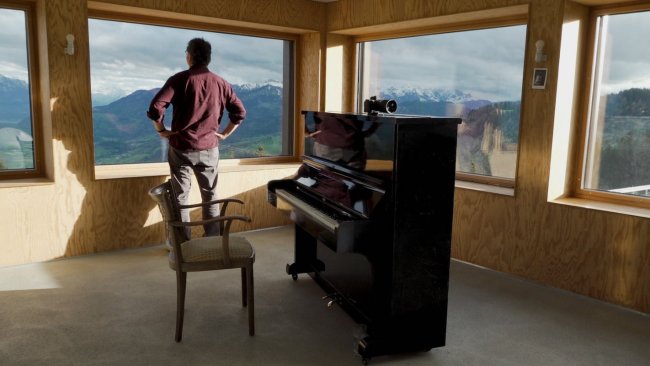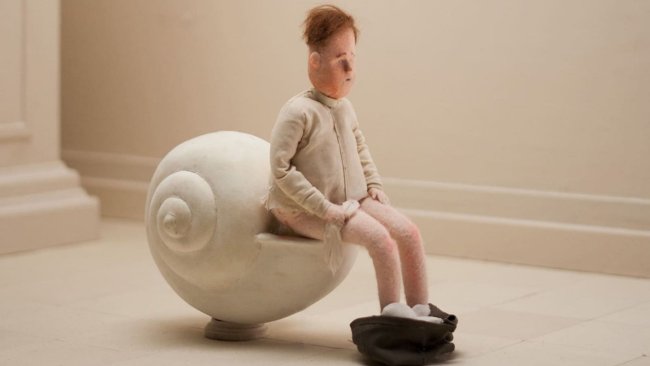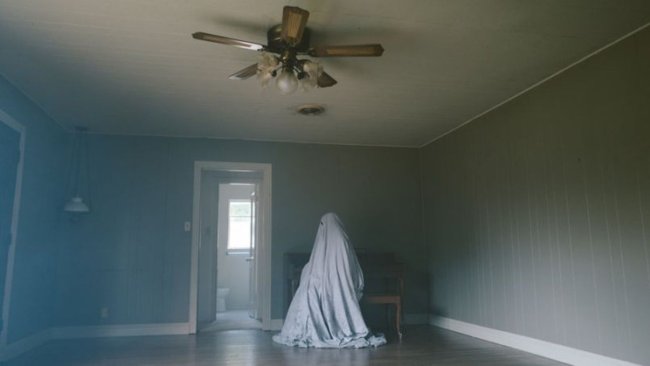All the Beauty and the Bloodshed
[…] Chaos births beauty and truth exposes the illusion of social order. […] Laura Poitras’ «All the Beauty and the Bloodshed» is both memoir and socio-cultural documentary.
Text: Jodie McNeilly

Nan Goldin’s portraits synchronically seize a moment in the life of her subjects. Chaos births beauty and truth exposes the illusion of social order. They do not represent, symbolise or metaphorize; it’s not clear if they document either. Nan’s pictures invite you to “feel her rush” as she snaps her friends within folds of shiny taffeta on laboured mattresses inside smoke hazed venues – forever suspended by an incidental shadow and light.
Laura Poitras’ All the Beauty and the Bloodshed is both memoir and socio-cultural documentary. The narration of an intensely personal story successfully intersects with an exposé on the opioid crisis and the family responsible for its genesis in two chronological time lines. They hold us steady in the shifts between photo montage and footage from past to present. The life of Nan and photographs are critical to understanding the motivations behind her activist group – P.A.I.N – who prevent “big pharma” white-washing its moral turpitude through philanthropic donations to several major art institutions. It’s nothing short of a Brave New World revolt and recovery against soma.
These actions are visually spectacular: plastic orange prescription bottles of oxycodone float in the Antiquities moat of the Sackler wing in the Met Museum of New York; and a sprinkling of white paper prescriptions snows down from the ramps of the Guggenheim dome, printed with text from Arthur Sackler praising the wonders of Valium – the other most addictive prescription drug in US history. These actions, along with P.A.I.N’s preparation, rallies, “die-ins”, public hearings and involvement in the Purdu Pharma bankruptcy trial are a revealing telos of Nan’s ongoing revolt against a morally violent, stigmatising, non-Queer normative. The kind that crushed Nan’s sister and made Nan herself an outcast.
As Sontag diagnoses, metaphors are the temperature of society: how it feels, thinks, speaks about and ultimately treats its ill. Nan’s exhibitions and P.A.I.N’s actions fight to change the metaphor.
In AIDS and its Metaphors, Susan Sontag speaks of the literary and linguistic ways in which certain illnesses have been metaphorized by society throughout history (TB, cancer, AIDS) to stigmatise and tie these diseases to unacceptable moral and political behaviour. Nan, and art generally, subvert these societal impressions into objects and events of power, grace and reclamation. AIDS is no longer a plague of just desert for homosexuals nor drug addiction is a morally corrupt crime. As Sontag diagnoses, metaphors are the temperature of society: how it feels, thinks, speaks about and ultimately treats its ill. Nan’s exhibitions and P.A.I.N’s actions fight to change the metaphor.
The political is personal for Nan. The AIDS epidemic, the violence, the drugs are her lived experience and inform the making of this film. Poitras, Investigative Journalist turned Filmmaker, assembles the narration and photos in a form that leak from the private into the public, much like her other whistle-blower films Citizenfour (Snowden) and Risk (Assange). She provides insight into these modern-day martyrs; warrior lives that live beyond themselves. The revelation is drip-fed as a facsimile of countless images like a folio of documents that appear with their secrets and redactions and then disappear. Poitras’ faster paced rhythm and thicker contextual frames join Nan’s gallery-still, slide show quality in a form that emotively swaddles the viewer. The story is fully rounded despite the differing sources and ages of the materials. We sort hypnotically through that “crate” of photographs that first shared Nan’s raw genius with the world.
One wonders if Nan the famous photographer had not been instrumental in the aforementioned actions, would the museums have done anything. The film was unable to say what their ultimate reasoning was for rejecting funding and removing the Sackler name from their buildings. I think about the use of art museums as venues for climate crisis actions, doing nothing more than provoking security, fines and/or prison time if you live in certain states within Australia. In this sense, what can we take away from Poitras’ films? A celebration of political martyrdom in a David and Goliath battle? Insight into the dirty minutiae of corrupt governments and corporations? Or a strong inspirational force for us all to rise up and demand accountability?
Certainly not moot is the joyful entrée into Nan’s life, the Queer Art scene in the late 70s, 80s and 90s in New York, and an ongoing love affair with her photography.
This article contains a third-party video. If you would like to watch the video, please adjust your settings.
Watch
Screenings in Swiss cinema theatres
Screenings during Let's Doc! 2023
Info
All the Beauty and the Bloodshed | Film | Laura Poitras | USA 2022 | 117’ | Zurich Film Festival 2022, Visions du Réel 2023 | CH-Distribution: Filmcoopi
First published: April 24, 2023



